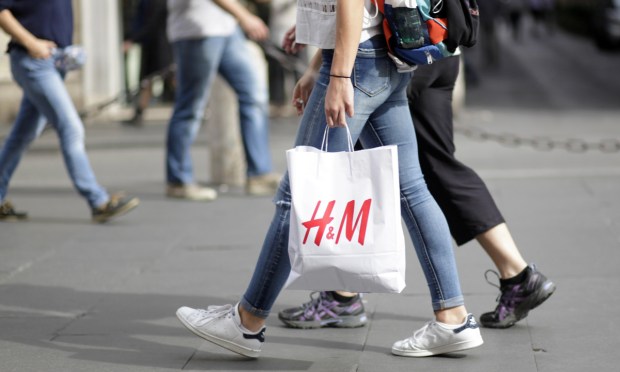Will H&M’s New Return Fee Drive the Loyalty It’s Looking For?

A growing number of retailers have introduced fees for online returns, and whenever a retailer adopts this strategy, it typically elicits a robust response from consumers. However, this approach comes with its own set of advantages and disadvantages.
Benefits of Return Fees
Imposing fees on online returns serves a dual purpose in the retail landscape. First, it aims to curtail return rates, prompting customers to deliberate before finalizing a purchase. Second, it can reduce the frequency of returns, allowing retailers to recoup expenses linked to return management, including restocking, refurbishing and reselling returned items.
Additionally, it fosters a climate of more deliberate customer decision-making, potentially heightening overall satisfaction as customers are more inclined to keep items they genuinely desire. However, fees may hurt a retailer’s image, as some customers may perceive return fees as inhospitable or punitive.
Return fees can enhance a brand’s profitability, providing an additional revenue stream that can be reinvested in product quality, customer service, or expansion.
Return fees also act as a deterrent to return fraud.
Beyond financial considerations, this strategy also aligns with sustainability efforts. By reducing return rates, retailers can play a role in minimizing carbon emissions linked to shipping, packaging waste, and restocking.
Latest Retailer to Impose Return Fees
H&M has joined the ranks of retailers imposing return charges on online orders in various markets, following its recent introduction of return fees in the United States.
Read also: What Zara and H&M Are Getting Wrong About Charging for Returns
The fast-fashion retailer has initiated a policy of imposing a £1.99 fee on customers for each returned package, with the amount deducted from their refund. However, H&M members will to be able to make returns for free.
Using Returns to Boost Loyalty
In August PYMNTS talked to Loop Return’s CEO, Jonathan Poma who said: “If you want to charge you better be damn sure you’re delivering an exceptional returns experience and exceptional purchase experience.”
In this case, H&M is hoping to lure more shoppers over to their loyalty program in order to make that amplified experience happen. Some of the elevated experiences H&M boasts include more payment options, exclusive discounts and perks and free shipping on orders over $40.
To maintain their competitiveness and encourage higher customer spending, retailers have adopted the practice of offering free shipping. According to a study conducted by PYMNTS and sticky.io titled “Subscription Commerce Readiness Report: The Loyalty Factor,” 42% of those surveyed indicated that if free shipping were no longer available, it would be a compelling factor for them to terminate their retail product subscriptions. This percentage exceeded the proportion of respondents who mentioned any other reasons for canceling their subscriptions.
Nevertheless, in recent years, a change has occurred, with an increasing number of retailers choosing to levy fees for exchanges, refunds and store credit. Poma pointed out last month that about 57% of merchants have implemented some form of return fee. This shift is in response to the fact that consumers in the United States return roughly 3.5 billion products each year, with only 20% of those items actually being defective.
According to Poma, this change in pricing hasn’t led to a shift in shopper behavior, as customers understand the merchants’ need to recoup costs and are willing to pay for returns as long as they receive an exceptional returns and purchase experience.
“I think there’s like a quid pro quo that is, ‘Hey, as long as I’m getting a great experience, I don’t mind paying,’” Poma said.
Read more: Loop CEO Says Returns Experience Now Drives Brand Loyalty

